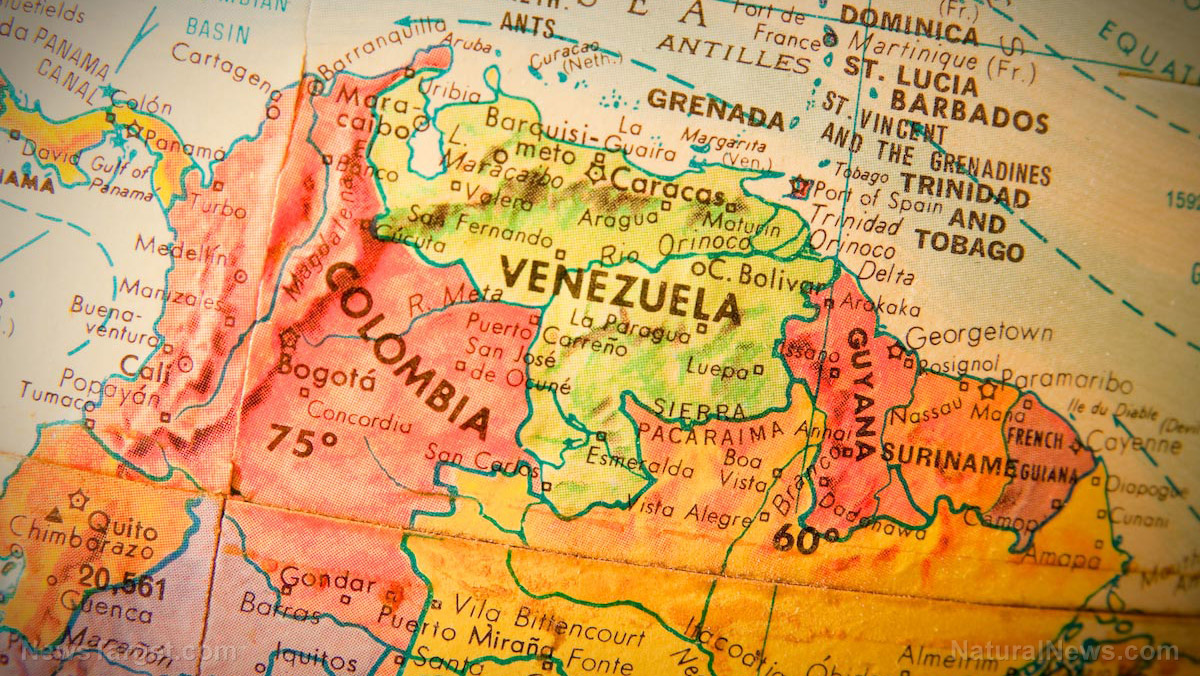 Parler
Parler Gab
Gab
- President Trump hosted Canadian Prime Minister Mark Carney for trade talks, signaling no immediate deal.
- The U.S. maintains significant tariffs on Canadian goods, citing border security and economic competition.
- Trump acknowledged Canada's improved efforts on border control but described trade talks as "complicated."
- Geographic proximity and competing industrial interests are central hurdles to an agreement.
- Both leaders expressed optimism for a future "fair" deal that preserves the strong bilateral relationship.
The stakes: A web of tariffs and their rationale
The backdrop to these talks is a series of escalating tariffs levied by the Trump administration against Canada. The current trade landscape is governed by a patchwork of policies. While the United States-Mexico-Canada Agreement (USMCA) preserves tariff-free trade on many goods, the Trump administration has imposed additional, sweeping levies citing national security concerns. In March, broad 25 percent tariffs were applied, justified by the administration as a necessary response to what it perceived as inadequate border enforcement by Canada and Mexico, which it argued contributed to illegal immigration and drug trafficking. By August, citing insufficient progress on suppressing the flow of fentanyl, those tariffs were raised to 35 percent on most non-USMCA goods. Further sector-specific duties include a 50 percent tariff on Canadian steel and aluminum and a forthcoming 45 percent customs duty on Canadian lumber.Linking trade to border security
A central pillar of the Trump administration's trade policy has been the explicit linkage of economic measures to national security objectives. The initial 25 percent tariffs on Canada and Mexico were framed not merely as economic tools but as leverage to compel stronger action against cross-border threats. The administration argued that until neighboring countries took robust steps to secure their borders and stem the tide of illegal immigration and narcotics, particularly the synthetic opioid fentanyl, protective tariffs would remain. Following the Tuesday meeting, President Trump offered a rare note of approval on this front, stating that Canada had "worked hard" and done a "much better job than in the past," contributing to fewer people entering the U.S. through its borders. This acknowledgment suggests that the primary rationale for the broad tariffs may be softening, potentially clearing a path for more focused negotiations on core trade issues.The inevitability of "natural conflict"
Despite progress on the border security front, President Trump identified a more fundamental, structural challenge to reaching a swift agreement: the economic reality of sharing the world's longest undefended border. He described the U.S.-Canada trade relationship as one of "natural conflict," a dynamic less common with distant trading partners. The president pointed to direct competition in key industries, such as automotive manufacturing and steel production, as a primary source of complication. "The problem we have is that they want a car company, and I want a car company… They want steel, and we want steel," Trump explained. This proximity means the two nations are natural competitors in a way that the U.S. is not with overseas economies, creating inherent friction that trade deals must carefully manage.A path forward: Fairness over free trade
The outcome of Tuesday's discussions indicates that any future U.S.-Canada trade pact will likely represent a significant departure from the traditional model of free trade. President Trump made clear that a return to blanket, tariff-free access is not his objective. He indicated that some level of tariffs would be a feature of any final agreement, aligning with his broader "America First" economic philosophy. The guiding principle, according to the president, will be "fairness." This term, in the administration's lexicon, suggests a continued willingness to use tariffs as a permanent tool to protect specific U.S. industries from foreign competition and to correct perceived trade imbalances, even with a close ally. The goal is not necessarily to eliminate all trade barriers, but to calibrate them in a way the administration believes benefits American workers and national economic security.A cordial impasse with billions on the line
While the White House meeting concluded without a breakthrough, the cordial and optimistic tone marked a distinct shift from the often-tense relations of the past. Both leaders expressed confidence that a mutually acceptable deal would eventually be reached, with Trump assuring that Canada would ultimately be "very happy." For now, the status quo of high tariffs remains, presenting ongoing challenges for countless businesses and industries on both sides of the border that have thrived on integration. The negotiations will continue to be a delicate balancing act, weighing the economic benefits of deep cooperation against the political and security imperatives of asserting national sovereignty and protecting domestic industry. The resolution of this complex neighborly dispute will set a precedent for how the United States manages its relationships with its closest allies in an era of renewed economic nationalism. Sources for this article include: JustTheNews.com Yahoo.com BBC.comSNAP funding crisis looms amid government shutdown—could junk food restrictions be the answer?
By Willow Tohi // Share
AI stock melt-up sparks fears of 2025 bubble burst
By Willow Tohi // Share
U.S. escalates maritime strikes against suspected narcoterrorists near Venezuela
By Belle Carter // Share
Trump threatens to cut cooking oil trade with China amid escalating soybean standoff
By Belle Carter // Share
Japan moves to crack down on crypto insider trading
By Ramon Tomey // Share
Global oil glut looms as production surges while demand stagnates: IEA warns of 2026 oversupply
By Willow Tohi // Share
Governments continue to obscure COVID-19 vaccine data amid rising concerns over excess deaths
By patricklewis // Share
Tech giant Microsoft backs EXTINCTION with its support of carbon capture programs
By ramontomeydw // Share
Germany to resume arms exports to Israel despite repeated ceasefire violations
By isabelle // Share










